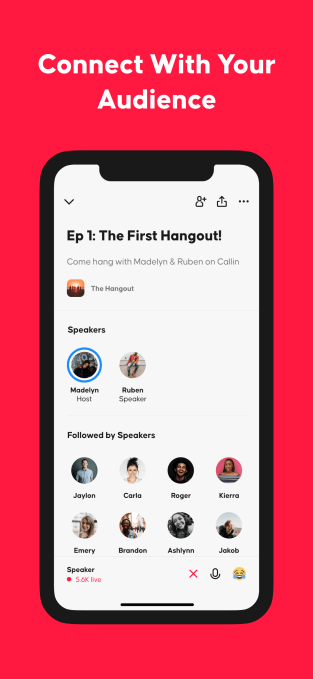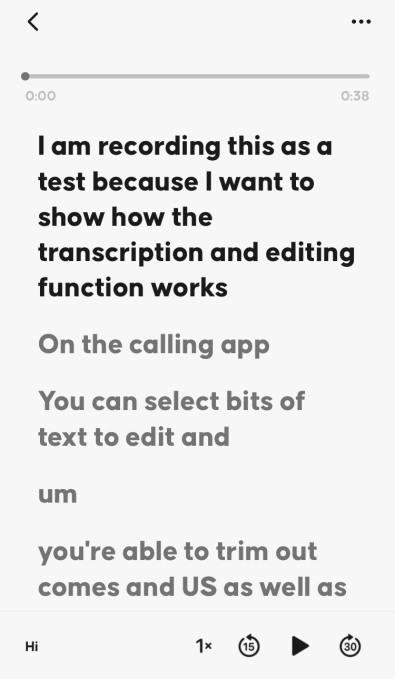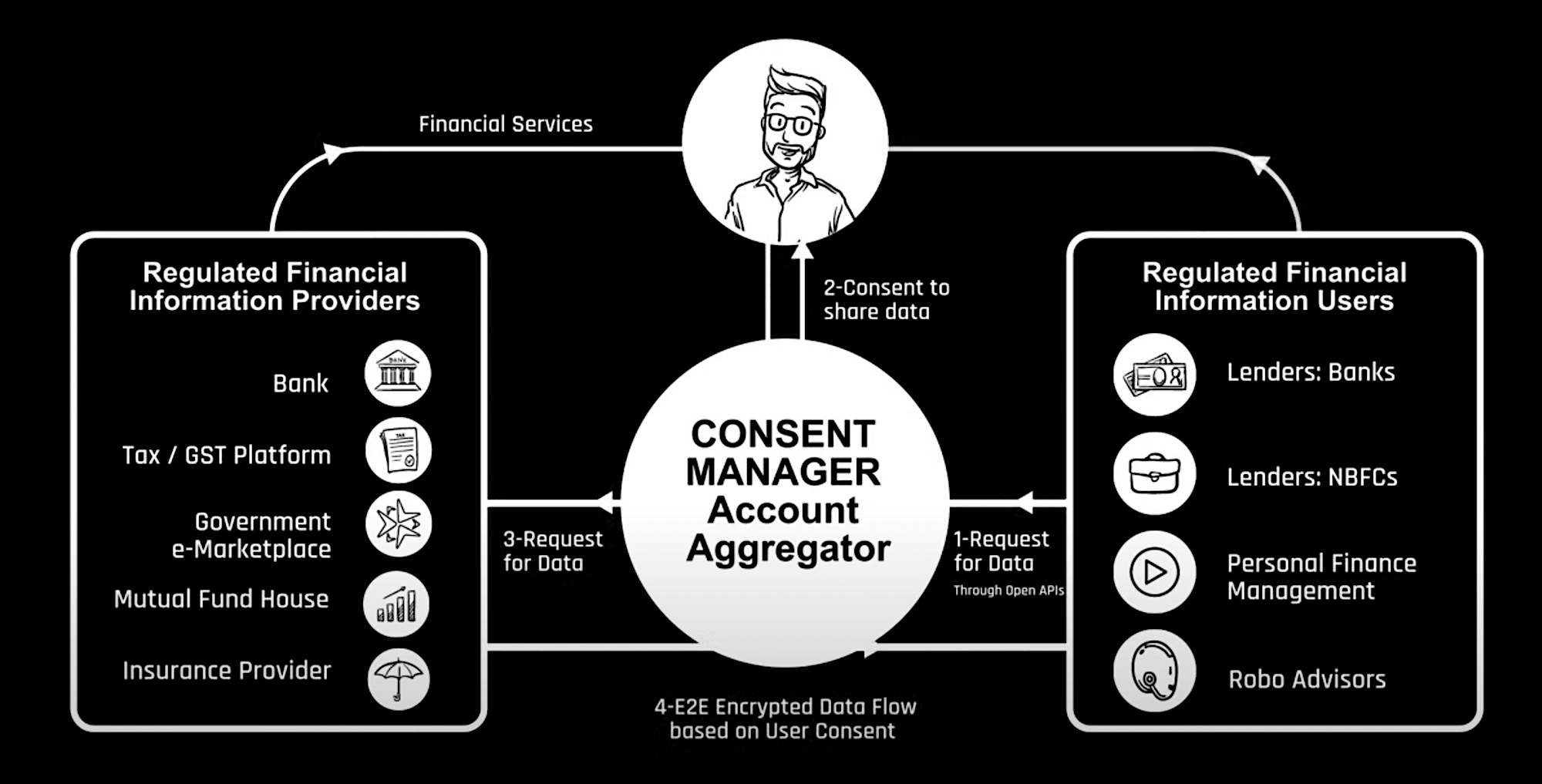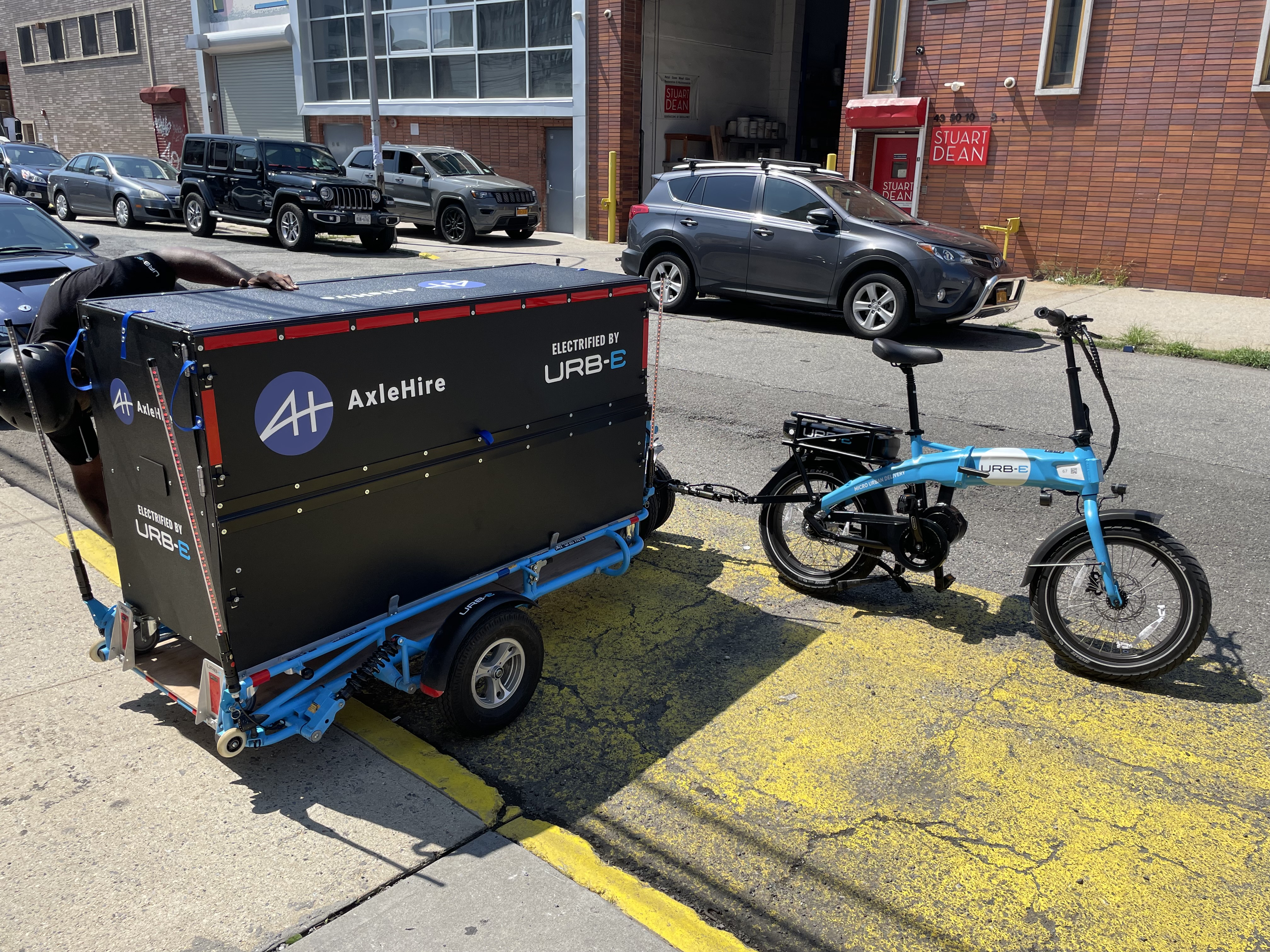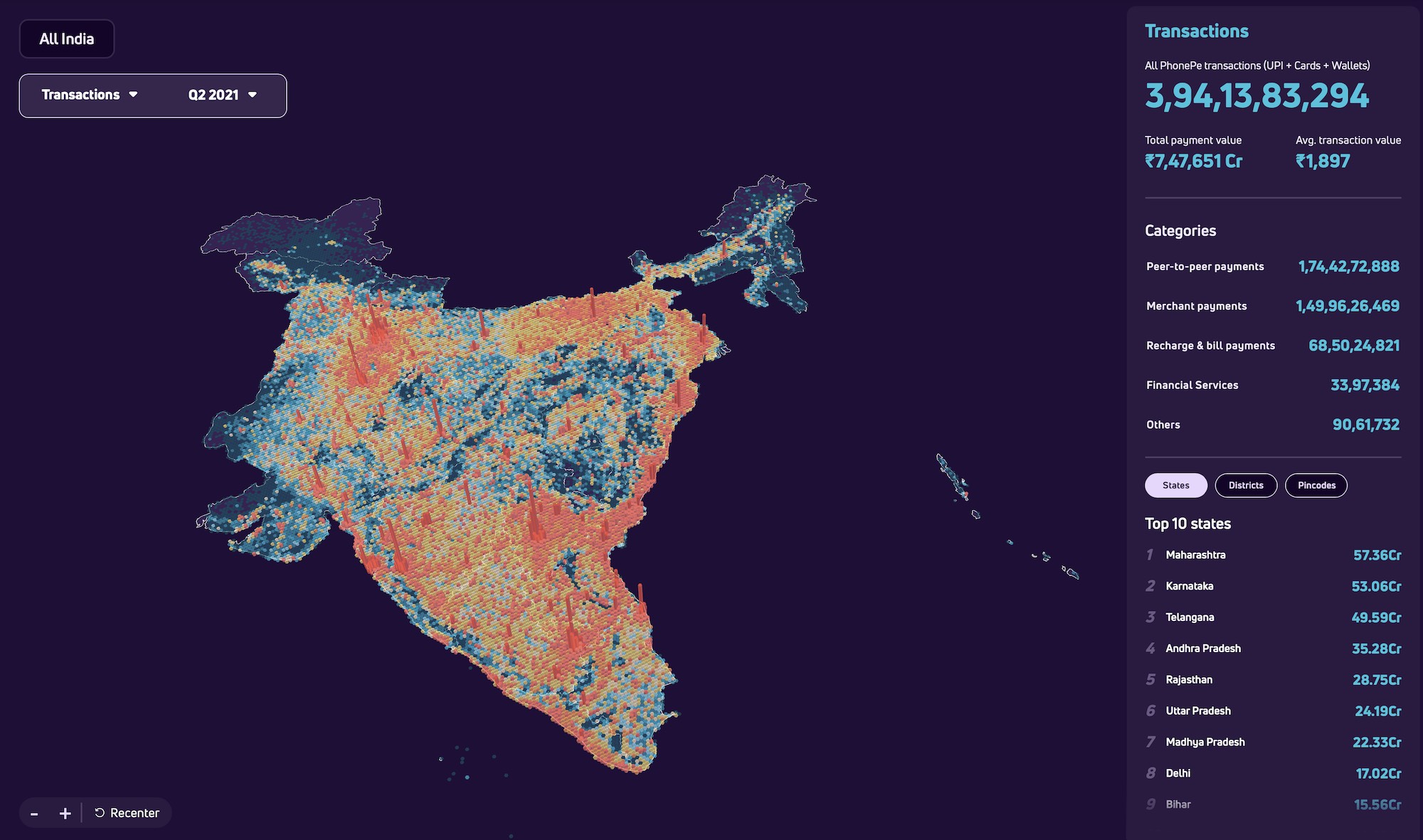News: WhatsApp faces $267M fine for breaching Europe’s GDPR
It’s been a long time coming but Facebook is finally feeling some heat from Europe’s much trumpeted data protection regime: Ireland’s Data Protection Commission (DPC) has just announced a €225 million (~$267M) for WhatsApp. The Facebook-owned messaging app has been under investigation by the Irish DPC, its lead data supervisor in the European Union, since
It’s been a long time coming but Facebook is finally feeling some heat from Europe’s much trumpeted data protection regime: Ireland’s Data Protection Commission (DPC) has just announced a €225 million (~$267M) for WhatsApp.
The Facebook-owned messaging app has been under investigation by the Irish DPC, its lead data supervisor in the European Union, since December 2018 — several months after the first complaints were fired at WhatsApp over how it processes user data under Europe’s General Data Protection Regulation (GDPR), once it begun being applied in May 2018.
Despite receiving a number of specific complaints about WhatsApp, the investigation undertaken by the DPC that’s been decided today was what’s known as an “own volition” enquiry — meaning the regulator selected the parameters of the investigation itself, choosing to fix on an audit of WhatsApp’s ‘transparency’ obligations.
A key principle of the GDPR is that entities which are processing people’s data must be clear, open and honest with those people about how their information will be used.
The DPC’s decision today (which runs to a full 266 pages) concludes that WhatsApp failed to live up to the standard required by the GDPR.
Its enquiry considered whether or not WhatsApp fulfils transparency obligations to both users and non-users of its service (WhatsApp may, for example, upload the phone numbers of non-users if a user agrees to it ingesting their phone book which contains other people’s personal data); as well as looking at the transparency the platform offers over its sharing of data with its parent entity Facebook (a highly controversial issue at the time the privacy U-turn was announced back in 2016, although it predated GDPR being applied).
In sum, the DPC found a range of transparency infringements by WhatsApp — spanning articles 5(1)(a); 12, 13 and 14 of the GDPR.
In addition to issuing a sizeable financial penalty, it has ordered WhatsApp to take a number of actions to improve the level of transparency it offer users and non-users — giving the tech giant a three-month deadline for making all the ordered changes.
In a statement responding to the DPC’s decision, WhatsApp disputed the findings and dubbed the penalty “entirely disproportionate” — as well as confirming it will appeal, writing:
“WhatsApp is committed to providing a secure and private service. We have worked to ensure the information we provide is transparent and comprehensive and will continue to do so. We disagree with the decision today regarding the transparency we provided to people in 2018 and the penalties are entirely disproportionate. We will appeal this decision.”
It’s worth emphasizing that the scope of the DPC enquiry which has finally been decided today was limited to only looking at WhatsApp’s transparency obligations.
The regulator was explicitly not looking into wider complaints — which have also been raised against Facebook’s data-mining empire for well over three years — about the legal basis WhatsApp claims for processing people’s information in the first place.
So the DPC will continue to face criticism over both the pace and approach of its GDPR enforcement.
…system to add years until this fine will actually be paid – but at least it’s a start… 10k cases per year to go!
— Max Schrems
(@maxschrems) September 2, 2021
Indeed, prior to today, Ireland’s regulator had only issued one decision in a major cross-border cases addressing ‘Big Tech’ — against Twitter when, back in December, it knuckle-tapped the social network over a historical security breach with a fine of $550k.
WhatsApp’s first GDPR penalty is, by contrast, considerably larger — reflecting what EU regulators (plural) evidently consider to be a far more serious infringement of the GDPR.
Transparency is a key principle of the regulation. And while a security breach may indicate sloppy practice, systematic opacity towards people whose data your adtech empire relies upon to turn a fat profit looks rather more intentional; indeed, it’s arguably the whole business model.
And — at least in Europe — such companies are going to find themselves being forced to be up front about what they’re doing with people’s data.
Is the GDPR working?
The WhatsApp decision will rekindle the debate about whether the GDPR is working effectively where it counts most: Against the most powerful companies in the world, which are also of course Internet companies.
Under the EU’s flagship data protection regulation, decisions on cross border cases require agreement from all affected regulators — across the 27 Member States — so while the GDPR’s “one-stop-shop” mechanism seeks to streamline the regulatory burden for cross-border businesses by funnelling complaints and investigations via a lead regulator (typically where a company has its main legal establishment in the EU), objections can be raised to that lead supervisory authority’s conclusions (and any proposed sanctions), as has happened here in this WhatsApp case.
Ireland originally proposed a far more low-ball penalty of up to €50M for WhatsApp. However other EU regulators objected to its draft decision on a number of fronts — and the European Data Protection Board (EDPB) ultimately had to step in and take a binding decision (issued this summer) to settle the various disputes.
Through that (admittedly rather painful) joint-working, the DPC was required to increase the size of the fine issued to WhatsApp. In a mirror of what happened with its draft Twitter decision — where the DPC has also suggested an even tinier penalty in the first instance.
While there is a clear time cost in settling disputes between the EU’s smorgasbord of data protection agencies — the DPC submitted its draft WhatsApp decision to the other DPAs for review back in December, so it’s taken well over half a year to hash out all the disputes about WhatsApp’s lossy hashing and so forth — the fact that ‘corrections’ are being made to its decisions and conclusions can land — if not jointly agreed but at least arriving via a consensus getting pushed through by the EDPB — is a sign that the process, while slow and creaky, is working. At least technically.
Even so, Ireland’s data watchdog will continue to face criticism for its outsized role in handling GDPR complaints and investigations — with some accusing the DPC of essentially cherry-picking which issues to examine in detail (by its choice and framing of cases) and which to elide entirely (those issues it doesn’t open an enquiry into or complaints it simply drops or ignores), with its loudest critics arguing it’s therefore still a major bottleneck on effective enforcement of data protection rights across the EU.
The associated conclusion for that critique is that tech giants like Facebook are still getting a pretty free pass to violate Europe’s privacy rules.
But while it’s true that a $267M penalty is the equivalent of a parking ticket for Facebook’s business empire, orders to change how such adtech giants are able to process people’s information at least have the potential to be a far more significant correction on problematic business models.
Again, though, time will be needed to tell whether such wider orders are having the sought for impact.
In a statement reacting to the DPC’s WhatsApp decision today, noyb — the privacy advocacy group founded by long-time European privacy campaigner Max Schrems, said: “We welcome the first decision by the Irish regulator. However, the DPC gets about ten thousand complaints per year since 2018 and this is the first major fine. The DPC also proposed an initial €50MK fine and was forced by the other European data protection authorities to move towards €225M, which is still only 0.08% of the turnover of the Facebook Group. The GDPR foresees fines of up to 4% of the turnover. This shows how the DPC is still extremely dysfunctional.”
Schrems also noted that he and noyb still have a number of pending cases before the DPC — including on WhatsApp.
In further remarks, they raised concerns about the length of the appeals process and whether the DPC would make a muscular defence of a sanction it had been forced to increase by other EU DPAs.
“WhatsApp will surely appeal the decision. In the Irish court system this means that years will pass before any fine is actually paid. In our cases we often had the feeling that the DPC is more concerned with headlines than with actually doing the hard groundwork. It will be very interesting to see if the DPC will actually defend this decision fully, as it was basically forced to make this decision by its European counterparts. I can imagine that the DPC will simply not put many resources on the case or ‘settle’ with WhatsApp in Ireland. We will monitor this case closely to ensure that the DPC is actually following through with this decision.”


